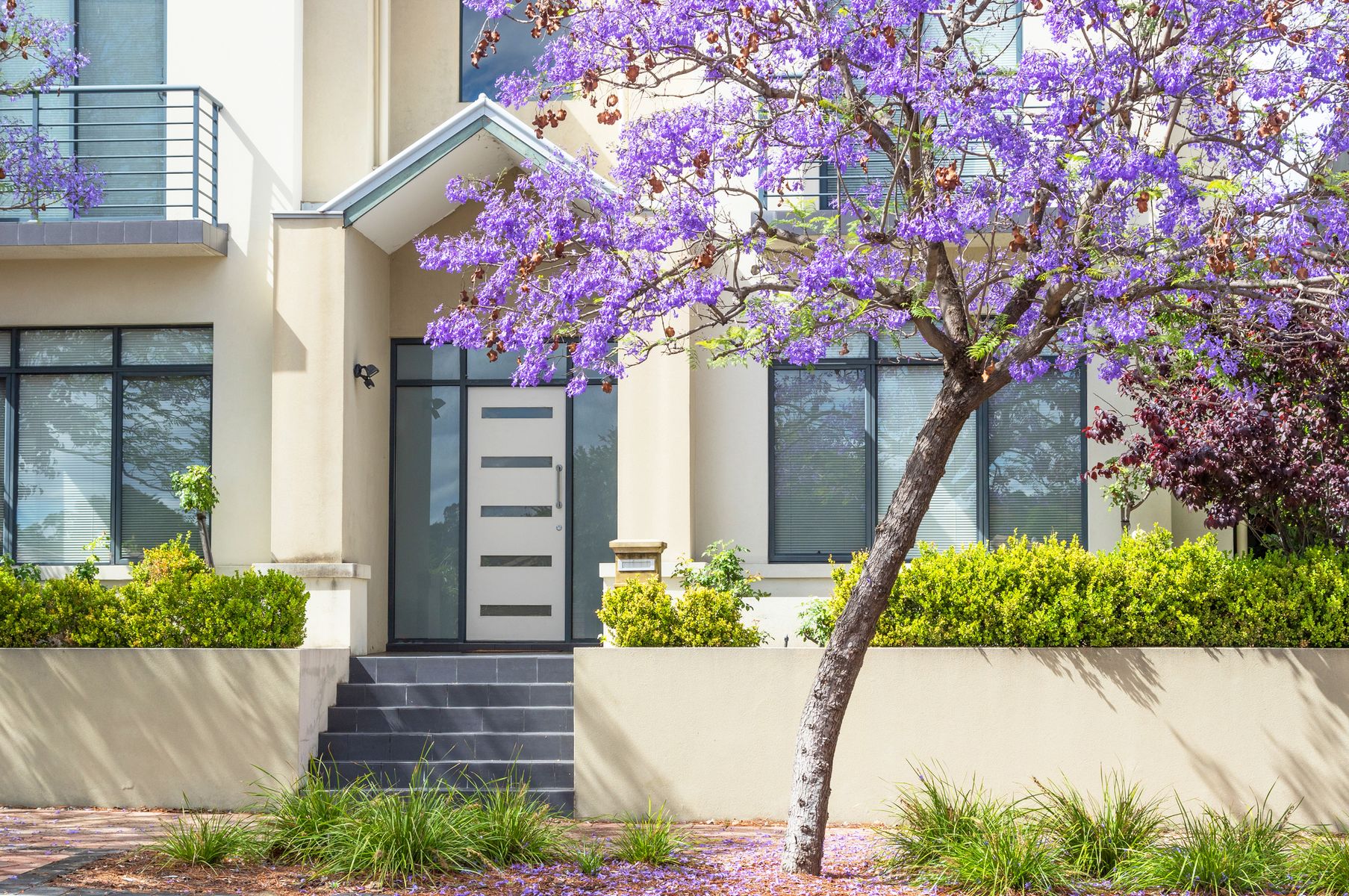|
|
|
|
|
Where Prices Will Rise The Most
Home prices are tipped to set new records in 2024, with the smaller capital cities of Brisbane, Perth and Adelaide expected to lead the pack.
PropTrack’s December Property Market Outlook report says nationally prices will grow between 1% and 4% over the next 12 months.
PropTrack director of economic research Cameron Kusher expects the trends that fuelled prices in 2023 will continue in 2024.
He says stock levels will remain low, buyer demand will remain high and there will be a shortage of new construction all at a time of strong population growth.
Kusher also stays the planned stage three tax cuts, due to come into effect from the middle of next year, could also leave more money in buyers' pockets and lead to further demand.
“In Brisbane, Adelaide, and Perth, total listings were more than 30% below their November decade average,” Kusher says.
Kusher says Perth (+5% to +8%), Adelaide (+4% to +7%), and Brisbane (+3% to +6%) will be the best performers.
At the same time Sydney prices are expected to rise 2% and 5% in 2024, and Melbourne between 1% and 4%.
|
|
|
|
|
|
|
|
Where Properties Sell The Fastest
High demand means properties in some locations are selling in as little as seven days, according to a new report by Domain.
In Western Australia the fastest selling location is Leda, with an average of just eight days on market before a sale. In New South Wales, Normanhurst and Dean Park properties sell on average within 13 days on market.
In Vitoria, Watsonia North homes sell on average within 21 days on market. In Queensland, Brendale homes sell within 18 days on average. The suburb has a very small housing market, so properties are snapped up quickly once listed for sale.
In the ACT, homes in Fraser sell on average within 31 days while South Australia’s fastest-selling suburb is Hillier where properties change hands on average within 39 days.
Tasmania’s fastest-selling suburb is Rosney with properties changing hands on average in 22 days, while in the Northern Territory Nakara is the fastest seller with properties on market for an average of 74 days.
|
|
|
|
|
|
|
|
Where Rents Will Rise The Most
Perth is set to be hit with Australia’s highest rental increases in 2024, while Hobart will have the smallest, according to new analysis by Finder.
It says rents will increase by 9.5% in Perth by the end of next year.
Finder head of consumer research Graham Cooke says Hobart rents are expected to increase by only 3%.
Melbourne rents are tipped to rise by 6.8% while both Sydney and Brisbane will rise by 6.5% and Darwin by 5.5%.
The analysis says Adelaide rents will rise by 5%.
Cooke says the Finder Consumer Sentiment Tracker shows 42% of renters are already struggling to pay their rent.
“Much of the conversation around rate rises focuses on homeowners, but it’s actually renters who are proportionally feeling the impact more, as they deal with flow-on rent increases,” he says.
“Further rent increases won’t be welcome news for those struggling.”
Analysts predict rents will continue to rise despite a Federal Government announcement that it will scale back immigration to more “sustainable levels”.
|
|
|
|
|
|
|
|
Foreign Buyers Tax Hike
Foreigner investors who buy houses in Australia and leave them empty are being targeted with a tax increase in an effort to help ease the national housing crisis.
Currently, foreign buyers must apply to purchase property in Australia and pay a one-off foreign investment application fee. If the property is left empty for six months or more in a year, they must also pay an annual vacancy fee.
The changes will triple foreign investment fees for established homes and double vacancy fees for all foreign-owned dwellings purchased since May 9, 2017.
Treasurer Jim Chalmers says the increases are aimed at ensuring foreign investment aligns with the government’s agenda to lift the nation’s supply of affordable housing.
He says the increased vacancy fees will encourage foreign investors to make their unused properties available to renters.
“The higher fees for established dwellings will encourage foreign buyers to invest in new housing developments,” Chalmers says.
“This creates additional housing stock, jobs in the construction industry and supports economic growth.”
|
|
|
|
|
|
|
|
Home Lending Up
Home lending is up, with Australian Bureau of Statistics figures showing October had the first year-on-year growth in new mortgage commitments in almost 18 months.
The 5.4% increase was driven by a combination of owner-occupiers, first-home buyers and investors returning to the market.
Owner-occupier loans rose by 5.6%, investor lending was up by 5% and first-home buyer lending rose by 6.4%.
The ABS figures show new home construction loans to investors, increased by 17.2%.
Eliza Owen of CoreLogic says that would be a result of investors buying off-the-plan apartments.
“Owner-occupiers, if they’re hoping for something to settle into, might be more apprehensive around a blow-out in the cost of construction and timelines,” she says.
Ratecity.com.au research director, Sally Tindall says refinancing continued to drop in October, reaching its lowest level since the start of rate increases.
She says in the past 18 months more than $344 billion in mortgages were refinanced across more than 670,000 loans but that had now slowed.
|
|
|
|
|
|
|
|
|
| Quote Of The Week
“In an environment where interest rates have risen extremely quickly, and housing affordability is sitting at its lowest level in three decades it isn’t a surprise to see buyers getting priced out of the inner-city areas and looking more further afield to those affordable suburbs.”
PropTrack Senior Economist, Paul Ryan
|
|
|
|
|
|
|
|
|
|










